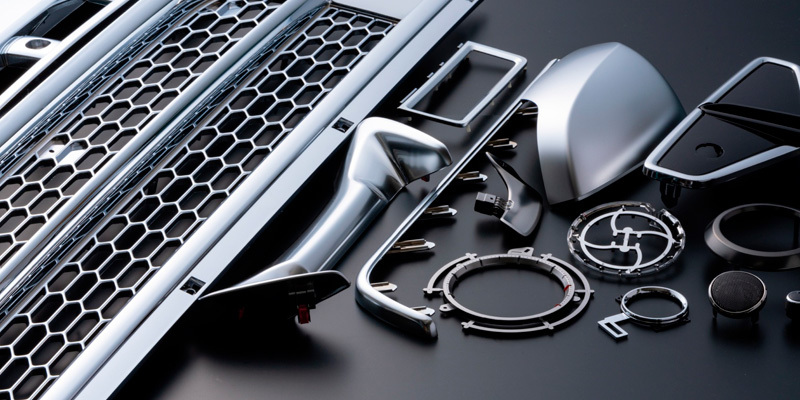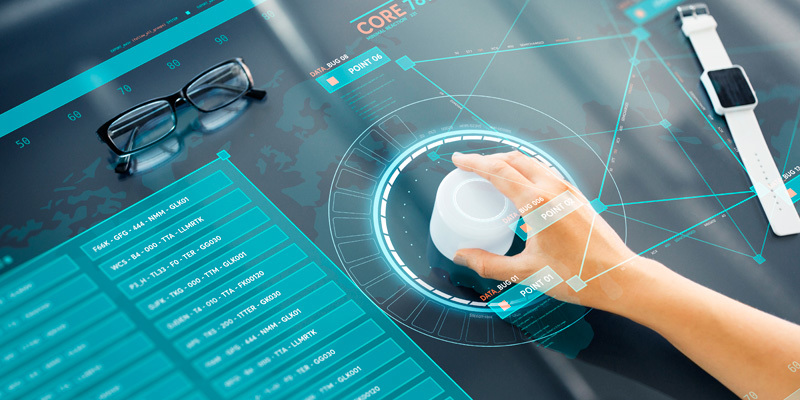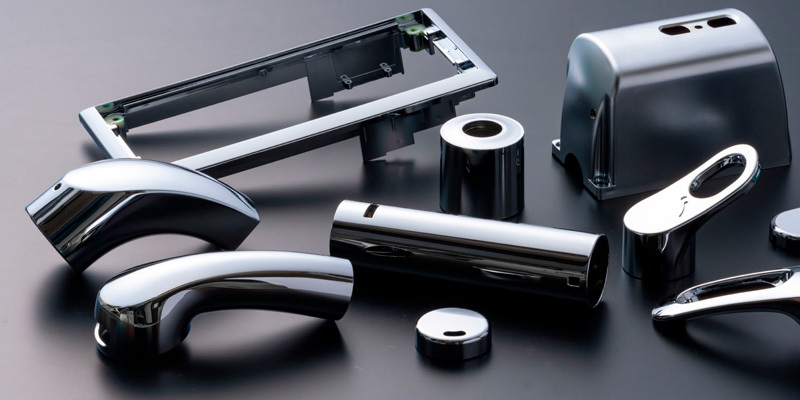Four treatment methods for electroplating wastewater
Release Time:
2022-11-30 08:55
Four treatment methods for electroplating wastewater
1. Treatment method of cyanide-containing wastewater
The cyanide in electroplating wastewater is in complexation state. The traditional process uses chemical oxidation method, that is, adding strong oxidant and then adding *** settlement method. The process is as follows: adjust the pH of cyanide-containing wastewater with alkali to 10 ~ 11, add oxidizing agent sodium hypochlorite to the wastewater, oxidize the highly toxic complex cyanate ions into low-toxic cyanate ions in the wastewater, that is, break cyanide once. After adding acid, the pH of the wastewater is adjusted to 7 ~ 8, and sodium hypochlorite is continued to be added to the wastewater to oxidize cyanate ions into N2, overflow from the wastewater, that is, the second cyanide break. In comparison, the secondary cyanide removal method will eventually convert CN- into non-toxic N2 and overflow from the wastewater, which is a more thorough cyanide removal method, but the treatment cost is higher. Up to now, the treatment method of cyanide-containing wastewater with alkaline subsodium is still the most effective method. However, the high cost of sodium *** agent is also the main component of the operating cost of electroplating wastewater treatment.
In recent years, due to the rising price of hydrogen cyanide, there are many researches on the recovery of cyanide from wastewater containing medium high concentration -- acid recovery method. Its principle is to use the low boiling point of HCN (only 26.5), the use of HCl blowing device and HCN gas absorption device can recover HCN. Theoretically speaking, this method is very positive in realizing the recovery of HCN and reducing the cost of the agent. However, the recovery process is affected by various factors such as CN- concentration in wastewater, temperature, vapor/liquid ratio of the treatment unit and the extreme toxicity of HCN gas. The recovery device and its effect need to be further tested and improved constantly.
2. Treatment method of wastewater containing chromium
Chromium containing wastewater, mainly hexavalent chromium wastewater and trivalent chromium wastewater. Trivalent chromium wastewater can be treated as common heavy metal wastewater, while hexavalent chromium wastewater needs to be treated by reducing agent reduction and chemical precipitation. Adjust the pH of wastewater to 2-3, add sodium metabisulfite or ferrous sulfate as reducing agent, reduce hexavalent chromium ions into trivalent chromium ions, and then separate from the wastewater by precipitation method. Generally speaking, the treatment effect of the two reducing agents is similar. However, in the process of adding excessive ferrous sulfate to introduce a large amount of Fe2+, and then reducing Cr6+ to Cr3+, Fe2+ is oxidized to Fe3+. In the subsequent alkali precipitation process, Fe3+ combines with OH- to precipitate, resulting in a large amount of sludge, which increases the treatment load of the filter press. The use of sodium metabisulfite does not have this problem. In the treatment of wastewater containing chromium, the optimal precipitation pH value of Cr3+ ion in theory is about 8 ~ 9, and the reverse dissolution may occur between 9 ~ 11. In practical engineering, because of the coexistence of many heavy metal ions in wastewater, the pH value of precipitation needs to be determined by small test.
3. Heavy metal wastewater
Heavy metal wastewater is mainly derived from post-plating rinsing process in electroplating process, which is characterized by single or multiple heavy metal ions, the concentration of which is generally not more than 200mg/L. This kind of wastewater is generally with oxidized cyanide-containing wastewater and reduced hexavalent chromium wastewater, adding alkali precipitation can be.
If the wastewater quality is good or the heavy metal composition is relatively simple, consider recycling water or heavy metals. If the waste water contains only nickel ions, the ion exchange treatment method can be used to recover the nickel ions in the waste water, can get more than 30g/L nickel concentrated liquid, has a high recovery value, and the waste water is purified, can be used in the process of water demand is not high, resin adsorption saturation can be used acid base regeneration, recycling. In this method, it should be noted that because many parts to be plated are iron parts, the waste water may contain Fe2+ and Fe3+, which is toxic to the resin. In the process, pre-aerated iron removal or manganese sand filter should be used for iron removal. Another example: At the same time, the wastewater containing copper and nickel with large discharge and good water quality is more waste after alkali precipitation, so it is suggested to collect it separately and recycle it through membrane after pretreatment. More than 60% of the water can be recovered and returned to the process for use. The concentrated water generated by it is discharged into the wastewater system for treatment. It also reduces the discharge of waste water, and plays a positive role in promoting the energy saving and emission reduction of enterprises and cleaner production.
4, acid and alkali wastewater treatment methods
Acid-base wastewater, often referred to as pre-treatment wastewater in electroplating wastewater, is produced in the oil and rust removal of plating parts before electroplating. Therefore, pre-treatment wastewater contains rich oil substances, surfactants, iron ions, ferrous ions and COD, and SS is high, which is usually treated together with heavy metal wastewater. For acid and alkali wastewater with high COD, the COD must be further treated by biochemical method after chemical reaction.
Related News

In China, which has the world's automobile market, in order to meet the needs of customers, a factory was built in the electroplating industrial base of Yamen Town, Jiangmen City, Guangdong Province, China. Like the Japanese headquarters, the company takes care of the environment as its own responsibility, uses skilled and advanced electroplating technology, implements high-quality and diversified electroplating production, and provides high-quality services to global customers.
CONTACT US
Address: Room 211B, New Fortune Environmental Protection Electroplating Base, Yamen Town, Xinhui District, Jiangmen City, Guangdong Province, China





